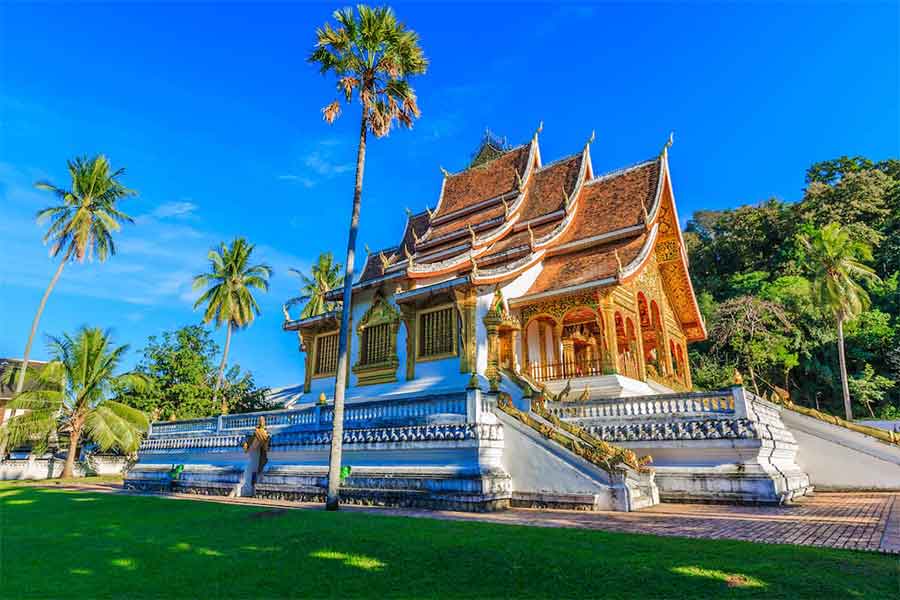Thursday, February 8, 2024

Visitors disrupt local traditions and tranquillity, turning serene rituals into chaotic spectacles.
In this way the tourism surge at Luang Prabang in Laos poses challenges.
As dawn broke over Luang Prabang, saffron-robed monks trod the streets receiving alms.
But, a cacophonous influx of camera-clutching tourists shattered the peace of the ancient Laotian town.
The UNESCO World Heritage Site welcomed almost 800,000 visitors in the first nine months of last year.
State media reported that the province hopes to attract almost three million by the end of 2024.
Tourists inject much-needed money into Laos‘ shaky economy.
But present locals with a dilemma, as foreign tour groups dominate and change cultural activities in the sleepy provincial city.
The starkest example can be seen every morning along Kounxoau Road, where monks pad barefoot to collect donations of food.
What was once a simple act of communion and support between Buddhist locals and the monks has long been a draw for tourists.
Now the monks have to make their way through hundreds of visitors on plastic stools.
For decades, Luang Prabang has seen large numbers of tourists come from all over the world to witness the morning alms-giving.
But locals say the ceremony now resembles a photo shoot.
‘A rising star’
Luang Prabang is the country’s old royal capital. It is changing as foreign investment arrives alongside the tourism spike, oiled by the opening of Laos’ new Chinese-funded high-speed railway.
Outside the town, the arrival of a train from the Chinese border sees a flurry of activity at the town’s hulking new railway station as tour guides sweep up their charges.
China financed the $6 billion high-speed railway which links the Chinese city of Kunming to the Laotian capital Vientiane. It is just one of multiple projects that have put Laos deep in debt to Beijing.
Revenue stays within the China tour groups, whose members sleep in Chinese-owned hotels and eat in Chinese-run restaurants, and are ferried by private cars.
‘A sea of people’
Back at the alms-giving, the street was still full, with Chinese, Korean, Japanese and a number of European languages heard as visitors engaged with the ceremony.
Chinese visitor Shi Qii said she arrived early and was surprised at how busy it became.
As she spoke, a younger Laotian woman chased tourists back and forth, shooing a man who was pressing his camera phone into a Buddhist novice’s face.
Saturday, April 27, 2024
Saturday, April 27, 2024
Sunday, April 28, 2024